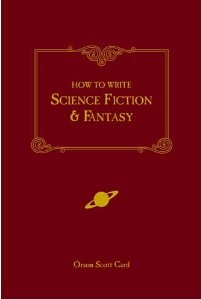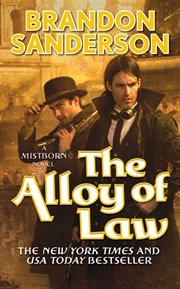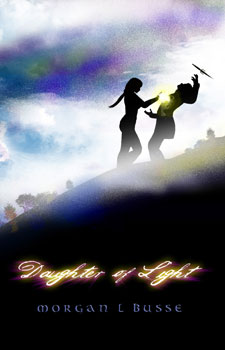 A Cast of Stones, by Patrick W. Carr (Bethany House, 2013)
A Cast of Stones, by Patrick W. Carr (Bethany House, 2013)
The kingdom of Illustra has a mediaeval feel to it, with horses, knights and magic. The story opens with Errol, a homeless youth, seizing the opportunity to deliver a message to a reclusive priest. The money will buy him more ale, which will push back the memories he can’t face.
Errol is the most unlikely of heroes: scrawny, hopeless and addicted to drink. Yet as he’s dragged unwillingly along with the others on a desperate journey, he develops skills and a sense of worth. Something about the lad engaged my interest from page one, before I realized he was the novel’s protagonist. (He wouldn’t like me to use the word “hero.”)
There are plenty of allegorical references to the Christian faith, but not in a way that should limit this book’s appeal to a wider audience. Readers will find the corrupt as well as the pure within Illustra’s church leaders. Indeed, the pure seems the exception rather than the rule.
The magic element comes from those who can cast and read hand-carved lots. To anyone but a reader, the lots look like balls made of wood or stone. To a reader who asks the right question, the lots can reveal truth—and the future.
The novel’s magic and religious systems are well-thought-out, the world feels believably real, and the characters come alive. Errol’s perpetual danger on his journey (and once he reaches his destination) and his transformation along the way, make for a deeply satisfying fantasy read.
Favourite line:
“I am Brother Fenn,” the man in the cowl said. His voice sounded dry, dusty—as if he’d forsaken water when he’d taken the rest of his vows. [Kindle location 1616]
A Cast of Stones is book one in The Staff & The Sword trilogy, and I was happy to discover that books two and three are already available. For more about the author and his books, visit patrickwcarr.com. You can watch a brief trailer for A Cast of Stones, complete with original music: [Review copy from my personal library.]









